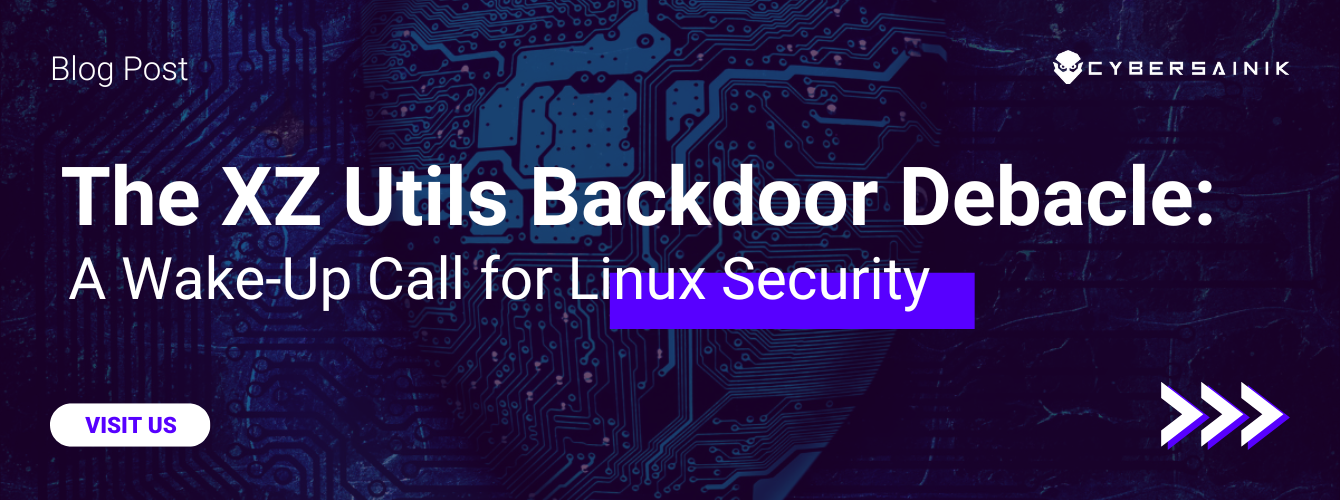We’ve all made the mistake—denying that we are targets of cyberattacks and identity theft. It’s so easy to think that it will never happen to you, but when it does, it’s too late. In fact, 81% of cyberattacks happen to small and medium-sized businesses. Just last year, the Federal Trade Commission reported an estimated 9 million identity theft cases. With how many platforms, devices, and accounts that organizations run on, along with how many ways hackers can strike, it’s critical that foot traffic is crystal clear in company networks. This is where Identity Management comes in. Below, we define Identity Management, how it works and its top benefits.
How Does Identity Management Work?
Identity Management is a security solution under the Security as a Service (SECaaS) umbrella. As you probably guessed, it’s defined by exactly how it sounds. It manages the identities that enter and exit your network, ensuring only authorized parties can access your devices and accounts.
As you keep Identity Management in mind, it’s important to remember that cyberattacks and identity theft can happen on any platform, account or device. As of this year, the Federal Trade Commission processed 9,439 email or social media identity theft reports. This means that if one of your employees is suffering from identity theft, then that infection is bound to spread into your corporation, which is what Identity Management can help protect against.
Identity Management Benefits:
1. Convenience & Transparency All in One
It’s easy to assume that extra security means less convenience. However, in our digitized world with hackers striking as frequently as every 39 seconds, compromising business security and efficiency is not an option. Fortunately, Identity Management was created to offer top-notch network security without sacrificing convenience. It offers single sign-on capabilities for both internal and cloud networks and enforces identity-driven policies while transparently identifying network users. Additionally, Identity Management offers convenient guest management for both wired and wireless security. Thus, if an unauthorized but non-malicious user needs access to your network, Identity Management can easily and safely grant this.
2. Helps Organize Cybersecurity Cultures
First and foremost, let’s define what this means. A cybersecurity culture embodies every security practice that enterprises implement in their businesses. This includes disaster recovery plans and employee cybersecurity training on common cyberattacks like phishing and ransomware and what’s trending in cybersecurity. Identity Management plays a huge part in cybersecurity cultures because it focuses on setting roles and boundaries. In other words, it’s all about who has access to what and establishes awareness of these rules and protocols across your entire entity.
Not only does it ensure that malicious users stay out of your system, but this also applies to valid users who might have too much access to accounts and devices. In other words, although your employees might be considered valid and trustworthy, that doesn’t mean they need extra access to specific systems within your network. Remember that just because someone isn’t malicious, doesn’t make them harmless, which is why Identity Management assures that only parties with the most expertise can access certain areas within your network. In short, Identity Management simplifies the administration rights and end-user experience, which is ideal for a strong cybersecurity culture and business.
3. Offers Multi-Factor Authentication
Multi-factor authentication (MFA) is a commonly known service within Identity Management. It provides an additional security layer or “factor” to your systems, accounts and devices. Instead of solely relying on one username and password, multi-factor authentication adds a quick and extra step to your login processes. You might see it as a one-time code or token, a fingerprint or a security question. Whatever form it comes in, its purpose is to verify a person’s identity. This circles back to the initial reason Identity Management was created, which is to ensure only authorized parties have access to certain accounts and devices.
Multi-factor authentication is ideal for any company and its employees who tend to recycle passwords, meaning the same password is used for multiple accounts. This unfortunately is among some of the most common security mistakes businesses make. Not only does multi-factor authentication secure individual employee devices with a simple two-step login process, but it increases the longevity of their passwords as well.
For instance, without multi-factor authentication, passwords need to be updated more often, as hackers only need to guess one password rather than two. Not only are frequent password updates a hassle to your employees, but they are also a security concern. With multi-factor authentication, your business has extra safety nets that safeguard those passwords, which increases their lifespan and reduces the likelihood of a hacker endangering your network. Plus, it’s an easy extra step that can and should be implemented into your cybersecurity culture.
Bottom Line
To reiterate, anyone and any business can become a victim of cyberattacks, which is what makes Identity Management crucial to any business. It adds an extra safety net while simplifying network access. Contact Cyber Sainik today to learn how Identity Management can benefit your business.




